Climate change, Greenland and shifting geopolitics: Here are the top Arctic stories of 2019
Here are the most important — and most read — Arctic stories we published in 2019.
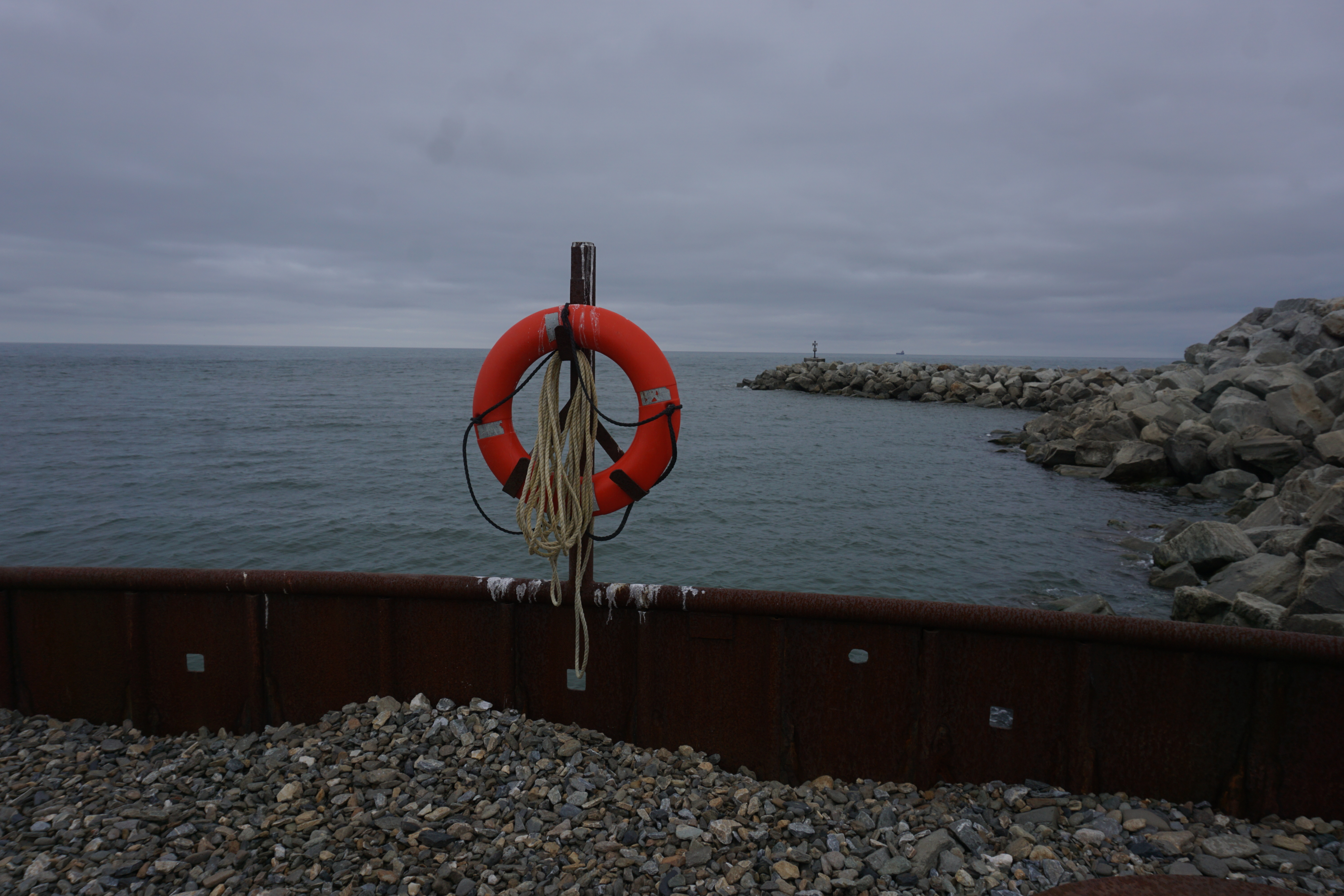
If change is the only constant — especially in the Arctic — then for 2019 the reverse was also mostly true: Most of the biggest news stories in the Arctic in 2019 were changes to familiar constants, such as climate change and geopolitics. With one exception, 2019 was a year that sharpened and shifted the contours of the longstanding narratives that define the Arctic.
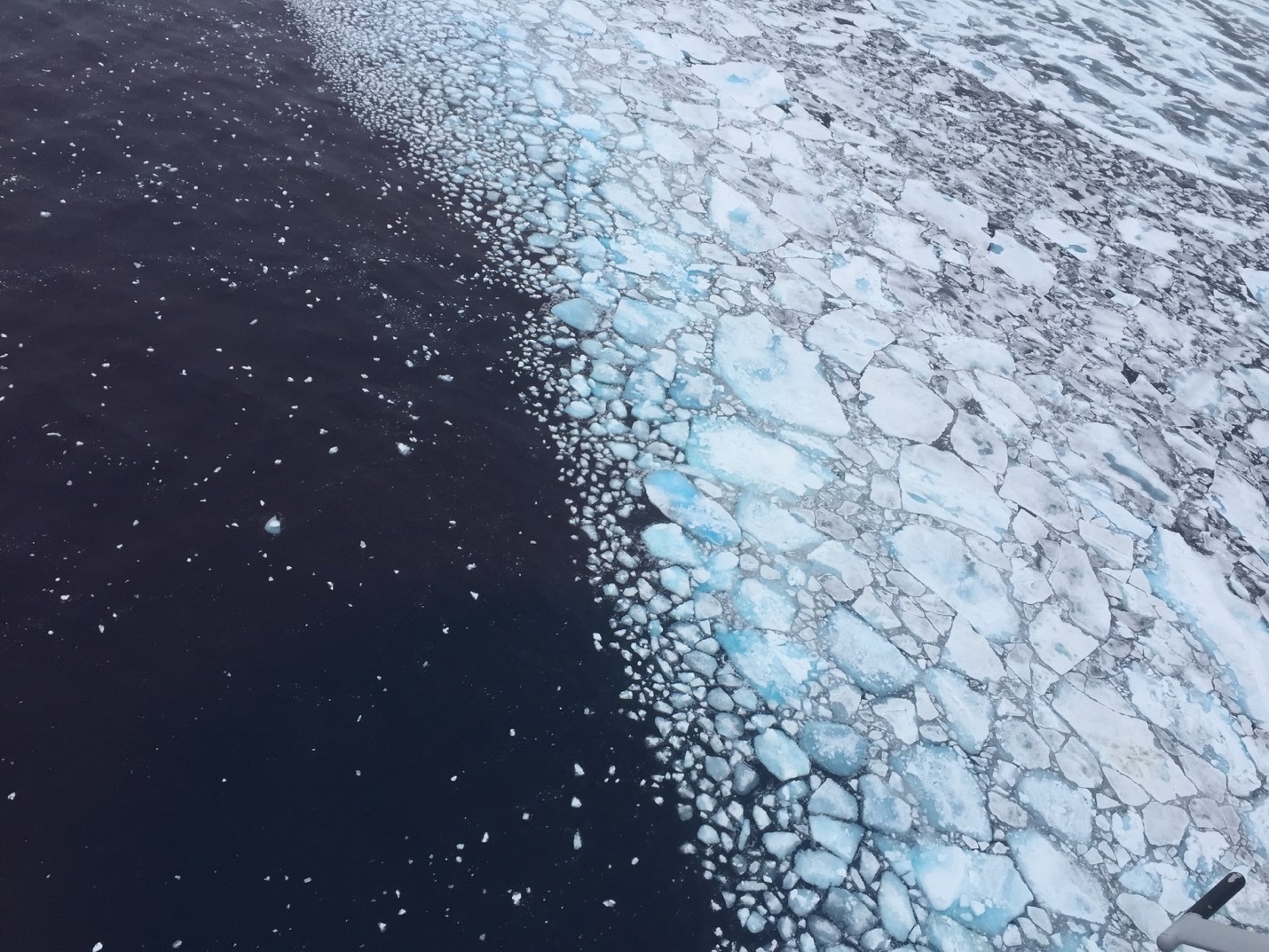
We learned more — a lot more — about what warming is doing to the Arctic’s ecosystems
By far the biggest Arctic news story of 2019 — no surprise, as it’s been the biggest story of most recent years — is the new knowledge and experience we continue to amass about the pace and consequences of climate change in the region. This space is too small to summarize everything we learned and witnessed this year, but here are a few of some of the most important ones:
Sea ice
A dramatic year got off to a dramatic start, with the Bering Sea losing most of its sea ice in the middle of winter. The winter maximum extent, when it came, tied 2007 the seventh-lowest on record, and older multi-year ice decreased to new lows. In September, the ice reached its annual minimum extent — a three-way tie for the second-lowest on record.
Land ice
Sea ice isn’t the only ice melting. Glaciers and ice caps — particularly the massive Greenland ice sheet — are also melting. Greenland’s ice sheet had an especially dramatic melt season, losing more than 12 billion gallons of ice alone on one warm August day. And we learned that all that meltwater is dumping a lot more carbon — which drives ocean acidification — into oceans than we previously thought.
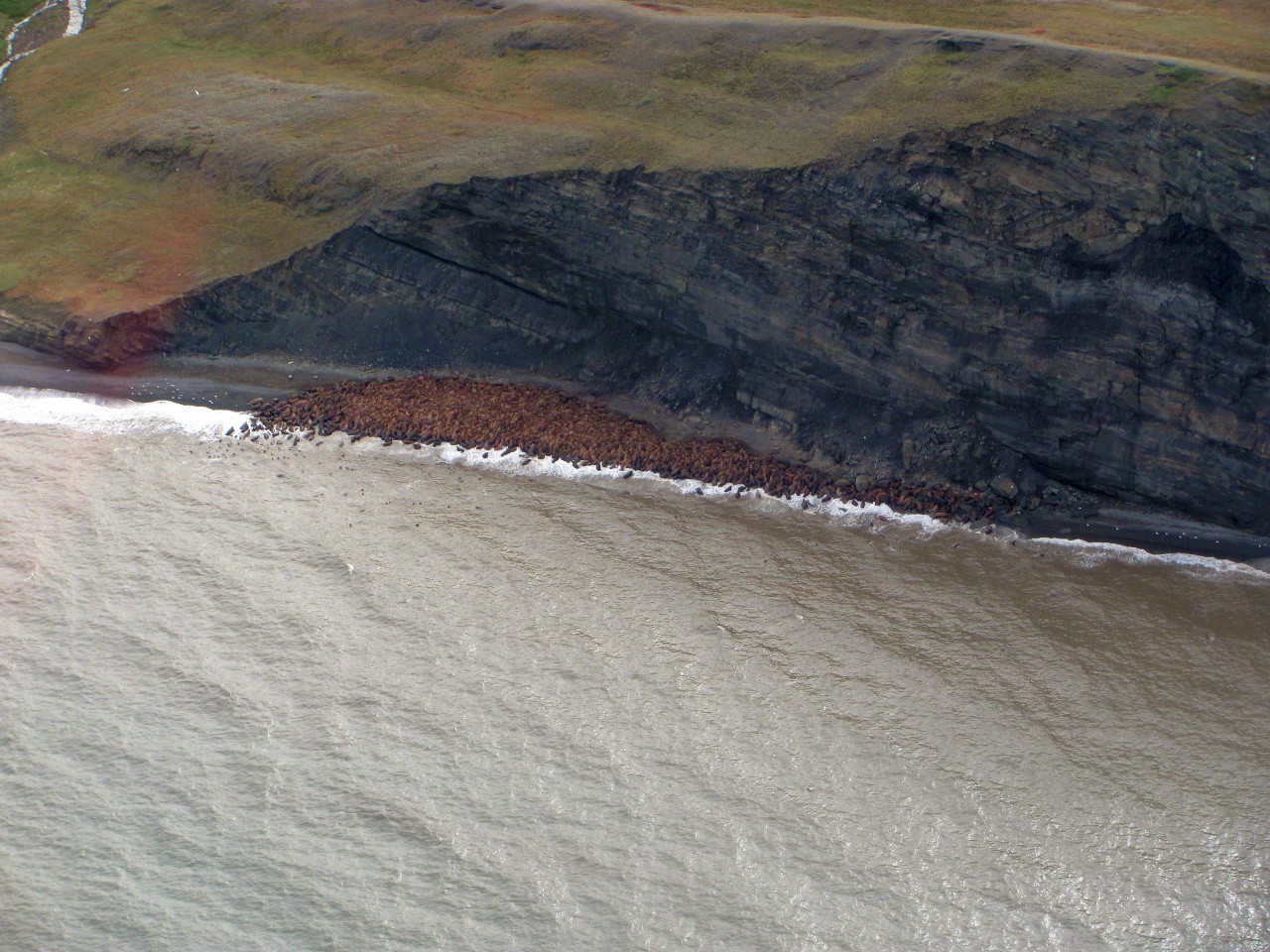
Temperatures
Heatwaves in Northern Europe, Arctic Canada and Alaska defined the summer of 2019 in the Far North. The record setting heat in Alaska in particular, marked a shift for the state from being, on average, below freezing, to above it. Or as one climatologist put it: “Now we’re an unfrozen state.” And the consequences of those warmer air and water temperatures started showing up in earnest in the Bering Sea — a bellwether for what we can expect in the rest of the Arctic — where warming is speeding up and an ecosystem is unraveling.
Permafrost
If the Bering Sea is a warning of what awaits the Arctic Ocean, permafrost research provided scary news about what’s already happening on land in the Arctic. In Canada, some permafrost thawed 70(!) years before scientists had predicted. Permafrost thaw will force Kangerlussuaq, currently Greenland’s main international airport and the only one capable of handling longer-range jets, to close by 2024. It’s responsible for the catastrophic disappearance of lakes in parts of Alaska. And in 2019 we learned that, as had been predicted, permafrost regions have shifted from a carbon sink to a source of carbon emissions.
Among the many other developments in climate-related stories ArcticToday published in 2019, we learned about more seal, whale and seabird die-offs — the latter of which reached a five-year streak. We saw walruses haul out earlier than ever before. We witnessed Svalbard undergo dramatic change. We learned more details about the high cost Arctic warming will have for the world’s economy. We learned that deadly viruses are moving from the Atlantic to the Pacific through the Arctic. And 2019 saw the discovery of a dangerous algal toxin in the Chukchi Sea for the first time.
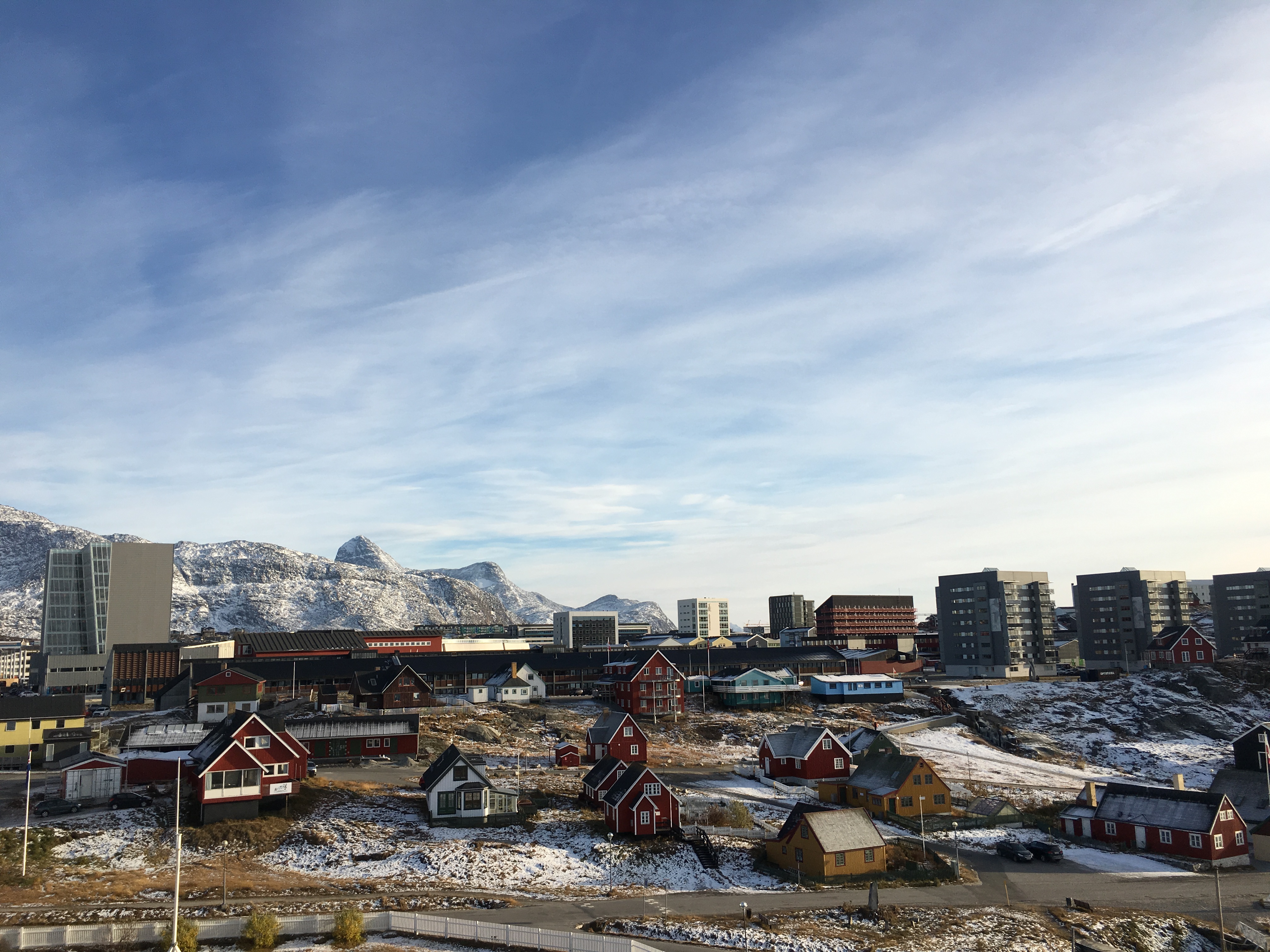
Trump tried to buy Greenland
When word first came out that U.S. President Donald Trump wanted to buy Greenland from Denmark, in a Wall Street Journal report in August, it blindsided the public, but it also took seasoned Arctic observers by surprise. Greenland and Denmark quickly responded, while some experts warned against taking the idea too seriously. Greenlanders even sought to leverage the newfound international attention the episode brought to try to grow the island nation’s economy.
But Trump’s notion, even if half-baked, didn’t exactly come from nowhere and it raised serious issues about Greenland’s place in a new geopolitical environment. The country already has complex ties to the global economy and a precarious place in Arctic geopolitics — possibly related in part to U.S. fears of a new Russian hypersonic missile. Though talk of a 19th-century-style land deal has fizzled, U.S. interest in the island has continued to grow since the news broke, with an agreement to survey its geology and plans to open a U.S. consulate in the capital Nuuk.
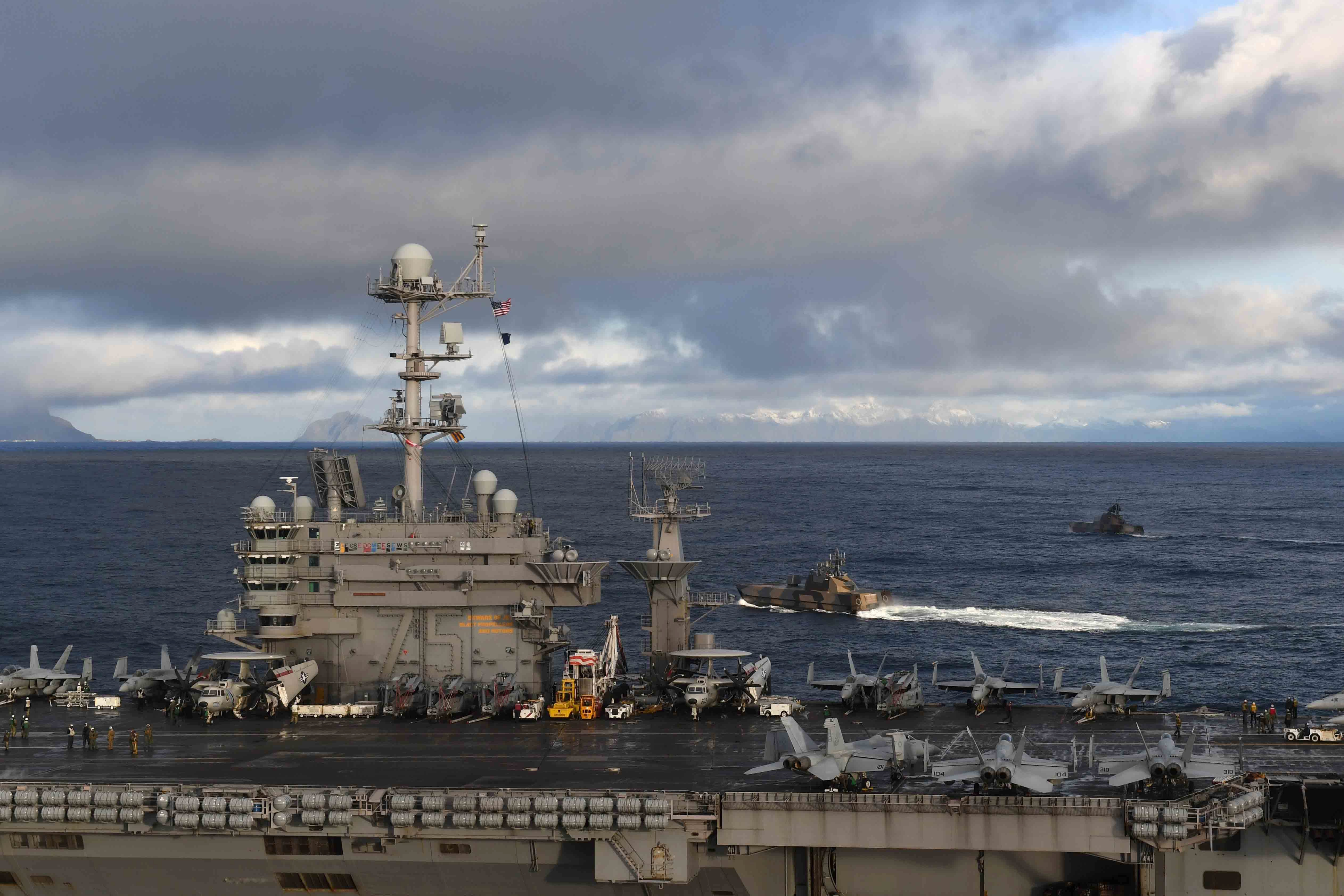
Great power politics returned to the Arctic
Or maybe there was just a growing sense that they’d never left.
In recent years, debate has simmered among academics, diplomats and other Arctic observers about whether, in the post-Cold War era, the Arctic was just one more arena for unfriendly rivalries between the U.S. and Russia, or whether the region was a unique sphere where cooperation remained possible — a zone of “Arctic exceptionalism.” Meanwhile in 2018, China began to actively expand its interest in the region, building a new icebreaker and releasing an Arctic policy white paper, adding an Arctic component to its Belt and Road Initiative.
In 2019, the U.S. responded with rhetoric that unmistakably framed the region in hostile terms. In a bombastic speech ahead of the 2019 Arctic Council ministerial meeting in Finland, U.S. Secretary of State Mike Pompeo framed the Arctic as a zone of competition between the U.S. on one hand and Russia and China on the other. (The U.S. delegation also scuttled the Arctic Council’s traditional joint ministerial statement over climate objections, a move that undermines multilateral approaches in favor of a great power contest.) Russia and NATO have continued to boost military presence in the region and conducted military exercises there. Russia completed a missile-based air defense dome in the region. Meanwhile, in 2019 the U.S. Navy also brought its 2nd Fleet — reactivated in 2018 — to operational status, and considered whether to conduct operations that might have included so-called “freedom of navigation operations.” And in the waning days of 2019, the U.S. passed a defense bill that requires the Defense Department to monitor and report on Russia and China’s military activities in the Arctic.
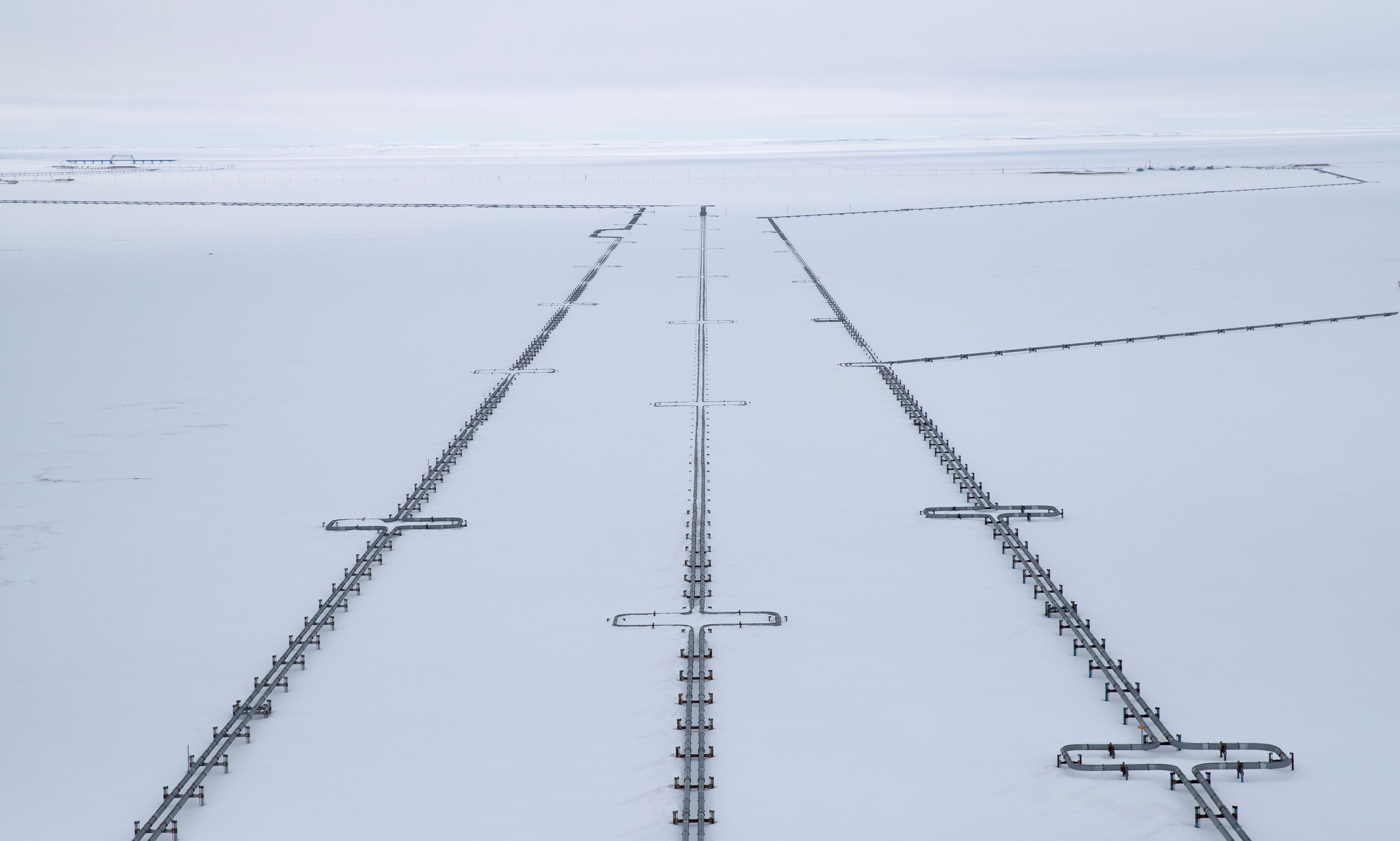
Oil and gas drove economic developments in the Arctic
Late in 2018, Russia’s Novatek opened the third and final main production line on its Yamal LNG project, and by early 2019, the company was locking down contracts and financing for a second major project, Yamal LNG 2, including from China and Japan. Growth from Yamal and other oil and gas in the Russian Arctic drove growth in shipments along the Northern Sea Route while Russia looked to subsidize shipping along the route for other kinds of cargo.
Norway also continued to drill for more oil in its Arctic waters, but lackluster results and lawsuits have dampened enthusiasm for exploration there. And a key backer of controversial drilling in the picturesque Lofoten Islands dropped that support, making future drilling there unlikely.
In Alaska, oil and gas headlines were dominated by the long-running battle over whether to drill in the Arctic National Wildlife Refuge. The Trump administration pushed to sell leases broadly with a final environmental impact statement that recommended large swaths of the refuge for auction — though not in time to meet a self-imposed end-of-2019 deadline. But the rush also opened the administration to criticism and potential lawsuits as it hindered the scope of the EIS. Elsewhere in Alaska’s Arctic, the Trump administration also pushed to open more lands to drilling, while a longstanding effort to drill the first U.S. offshore Arctic well in federal waters inched closer to becoming reality and a new company formed to pursue a Yamal-style model to ship stranded gas from Alaska’s Arctic to market via tanker rather than pipeline.
Meanwhile, everywhere in the Arctic, future drilling became a little less likely as major investment banks Barclays and Goldman Sachs announced they wouldn’t finance more oil and gas exploration in the region.
Our most-read stories
While the stories above were all pieces of the biggest narratives of 2019, a few individual articles also stood out and received extra attention from you, our readers. Our most-read pieces of 2019 ranged from the heartbreaking to the surprising to the intriguing.
1. Why human trafficking is a serious — but mostly invisible — problem in Alaska
Our top story was an exploration of a problem that isn’t often discussed in Arctic conversations: human trafficking. And while it’s hard to know exactly how prevalent the problem is, evidence suggests that in Anchorage, Alaska’s largest city, it’s worse than in other big cities — and that Alaska Natives are especially targeted. Our Washington correspondent Melody Schreiber talked to survivors, their advocates and political leaders about the scope of the problem — and some potential solutions being rolled out.
2. Is the world ready for a Bering Strait rail link between Alaska and Russia?
The dream of a Bering Strait tunnel linking Eurasia and North America by way of Alaska and Russia isn’t a new one. Columnist Dermot Cole retold the history of such grand schemes — and looked at more recent proposals.
3. How an accelerated warming cycle in Alaska’s Bering Sea is creating ecological havoc
“We’ve fallen off the cliff. We’re not approaching the cliff. We’ve fallen off it.” That’s how one veteran Alaska scientist described the pace of ecological unraveling in Alaska’s Bering Sea region documented by reporter Yereth Rosen. While most climate reporting — ours included — focuses on a single study or problem, this project works together multiple strands from animal die-offs to weird snowfall to invasive moths to tell a fuller story of a part of the Arctic where long-standing patterns are disintegrating with frightening speed.
4. DNA from a newly unearthed Alaska graveyard offers fresh knowledge about ancient Arctic populations
When erosion exposed an ancient graveyard at Alaska’s northernmost tip, the DNA found in human remains at the site added fresh knowledge to the story of the Arctic’s prehistory. The Thule people buried there, writes columnist Dermot Cole, had left a rich material culture elsewhere in the Arctic, but very little DNA — until now.
It’s not news that a majority of Greenlanders strongly support eventual independence from Denmark. But an unusual poll uncovered one important and interesting finding: that most Greenlanders also believe independence will benefit — not harm — Greenland’s economy. Columnist Martin Breum explained why that’s surprising to some observers and why it matters.